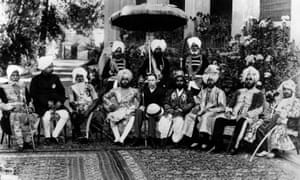By SYDNEY J. FREEDBERG JR.
HUNTSVILLE, ALA.: Less than six months after its official rollout, the Army’s new concept of future warfare has gotten traction with all four armed services. In brief, Multi-Domain Battleenvisions the military — everything from submarines to satellites, tanks to jets, destroyers to drones, grunts to hackers — working together to overwhelm the enemy with attacks from all domains: land, sea, air, space, cyberspace and the electromagnetic spectrum. While that vision is years from reality, it’s already spurred inter-service cooperation on how to make it real.
Defense Secretary Jim Mattis at his first meeting at the Pentagon. Robert Work is at the right.
This morning, the Association of the US Army kicks off a conference here in Huntsville with at least four panels focused on Multi-Domain Battle. That’s one more sign of how far the concept has come since it formally debuted at AUSA’s grand annual meeting in Washington, D.C., where it was publicly endorsed by a panel including Deputy Secretary of Defense Bob Work, the Pentagon’s most influential thinker about future warfare, who today is also the highest-ranking Obama official still in place;
Air Force Chief of Staff Gen. David Goldfein, who earlier this month laid out in detail his own Multi-Domain Command & Control (MDC2) initiative, the first step towards a network that can connect the future force;















